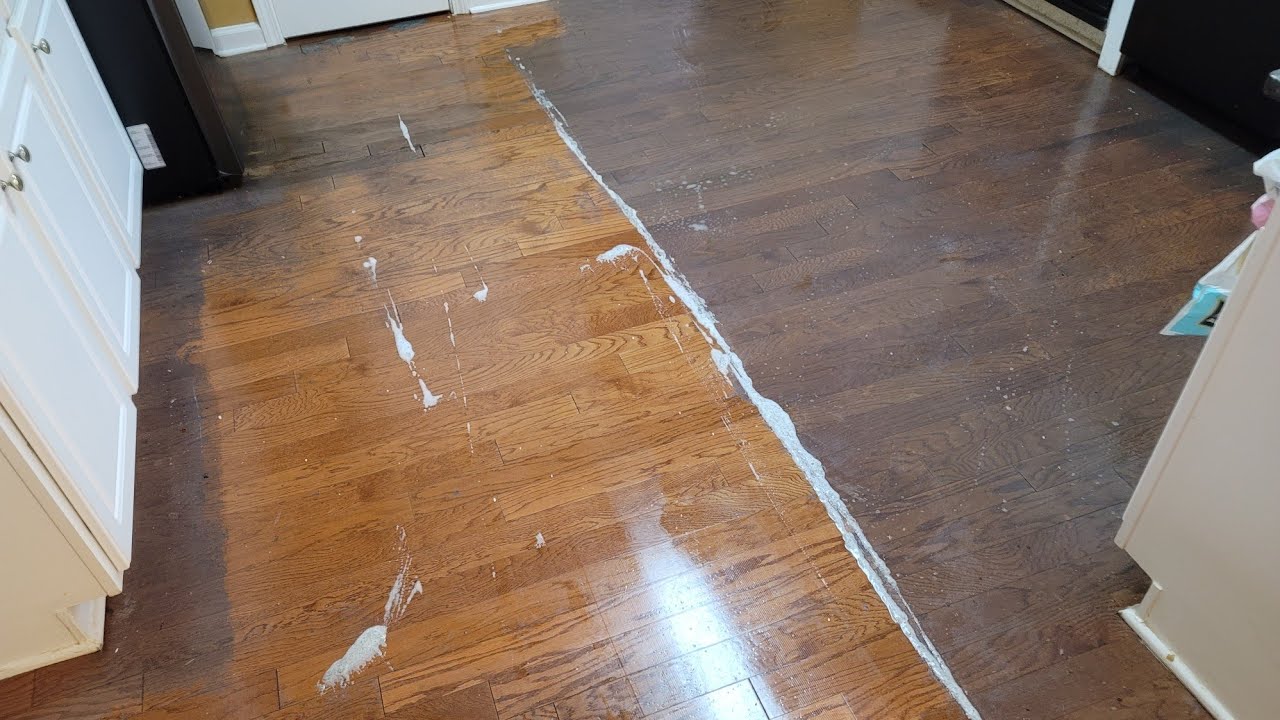

Articles
How To Get Wax Off Of Hardwood Floor
Modified: February 27, 2024
Looking for articles on how to get wax off of hardwood floor? Learn effective techniques and tips to remove wax and restore the beauty of your hardwood floor.
(Many of the links in this article redirect to a specific reviewed product. Your purchase of these products through affiliate links helps to generate commission for Storables.com, at no extra cost. Learn more)
Introduction
Hardwood floors are a popular choice for homeowners due to their timeless beauty and durability. However, accidents can happen, and sometimes wax can find its way onto your hardwood floor. Whether it’s from a dripping candle or a wax spill, dealing with wax on hardwood can be a challenging task.
The good news is that there are several methods you can use to remove wax from hardwood floors. In this article, we will explore some effective techniques that can help you get rid of unwanted wax and restore the pristine appearance of your hardwood flooring.
Before we dive into the methods, it’s important to gather the necessary materials. Having the right tools on hand will make the wax removal process easier and more efficient. Let’s take a look at what you’ll need:
- Ice pack or ice cubes
- Plastic scraper or credit card
- Iron
- Cloth or paper towel
- Vinegar
- Water
- Mild detergent
- Commercial wax remover
- Sanding equipment (optional)
- Refinishing supplies (optional)
Now that you have gathered your materials, let’s dive into the different methods you can use to remove wax from hardwood floors. Each method is unique and effective in its own way, so choose the one that suits your situation and available resources.
Key Takeaways:
- Safely and effectively remove wax from hardwood floors using methods such as ice packs, heat and scrape, vinegar and water solution, and commercial wax removers. Always prioritize safety and follow precautions to protect your flooring and yourself.
- Consider sanding and refinishing as a last resort for stubborn wax stains, and take preventive measures to avoid future spills. With the right methods and precautions, you can restore the natural beauty of your hardwood floors.
Read more: How To Get Wax Off Floor Tiles
Materials Needed
Before you begin the process of removing wax from your hardwood floor, it’s important to gather the necessary materials. Having these tools and supplies on hand will make the task more efficient and effective. Here are the materials you will need:
- Ice pack or ice cubes: The cold temperature will help harden the wax, making it easier to scrape off.
- Plastic scraper or credit card: You’ll need a tool with a flat edge to gently scrape off the hardened wax without damaging the floor.
- Iron: The heat from the iron will help melt the wax, allowing it to be absorbed by a cloth or paper towel.
- Cloth or paper towel: You’ll need something absorbent to soak up the melted wax once it is heated.
- Vinegar: Vinegar is a natural cleaner that can help remove any leftover residue from the wax.
- Water: Mixing water with vinegar will create a gentle cleaning solution to use on the hardwood floor.
- Mild detergent: If vinegar alone is not enough, you can use a mild detergent to further clean the affected area.
- Commercial wax remover: If the above methods don’t work or if you prefer a ready-made solution, you can purchase a commercial wax remover from a hardware or home improvement store.
- Sanding equipment (optional): If the wax has deeply penetrated the hardwood or if it has left stains, sanding the floor might be necessary to fully remove the wax.
- Refinishing supplies (optional): If you need to sand the floor, you may also need refinishing supplies such as stain, varnish, and paint brushes to restore the floor’s original finish.
Having these materials ready will ensure that you have everything you need to tackle the task of removing wax from your hardwood floor. Remember to read the instructions and precautions for each method before proceeding to ensure the best results and to protect your floor from any potential damage.
Method 1: Ice Pack
One of the simplest and safest methods to remove wax from hardwood floors is by using an ice pack or ice cubes. The cold temperature will cause the wax to harden, making it easier to scrape off. Here’s how you can use an ice pack to remove wax:
- Place an ice pack or ice cubes in a plastic bag.
- Place the ice pack or bag of ice cubes directly on the wax stain.
- Let the ice sit on the wax for a few minutes to harden it.
- Once the wax has hardened, take a plastic scraper or credit card and gently scrape off the wax. Be careful not to scratch or damage the hardwood surface.
- If there is any residue left, you can use a cloth or paper towel dampened with water to wipe away the remaining wax.
- If necessary, you can follow up with a mixture of water and vinegar to clean the area and remove any leftover residue.
This method is effective for smaller wax spills or spots. It’s important to note that you should never use a sharp object or abrasive materials to scrape off the wax, as this can cause damage to the hardwood. Always use gentle scraping motions and be patient when removing the wax.
Now that you know how to use an ice pack to remove wax from hardwood floors, you can confidently tackle any small wax spills that may occur. However, if the wax stain is larger or more stubborn, you may need to try another method.
Method 2: Heat and Scrape
If the wax on your hardwood floor is stubborn or difficult to remove with just an ice pack, you can try using heat to soften the wax and make it easier to scrape off. Here’s how you can use heat to tackle those more stubborn wax stains:
- Plug in an iron and set it to a low or medium heat setting. Make sure to use the “no steam” option.
- Place a clean cloth or paper towel over the wax stain.
- Gently press the heated iron onto the cloth or paper towel, moving it in a circular motion. The heat will melt the wax, allowing it to be absorbed by the cloth or paper towel.
- Continue moving the iron and applying heat until all the wax has been absorbed by the cloth or paper towel. Be careful not to leave the iron in one spot for too long, as this can damage the hardwood.
- Use a plastic scraper or credit card to gently scrape off any remaining wax residue. Take care not to scratch the floor.
- If there is any residue left, you can use a cloth or paper towel dampened with water or a mixture of water and vinegar to wipe away the remaining wax.
It’s important to note that when using this method, do not place the iron directly on the hardwood floor, as this can cause damage. Always use a cloth or paper towel as a barrier between the iron and the floor.
This method is effective for larger wax spills or stains that have deeply penetrated the hardwood. By applying heat, you can soften the wax and easily remove it without causing harm to the floor surface.
Remember to always be cautious when using heat to remove wax, as excessive or prolonged heat can damage the hardwood surface. It’s also a good idea to test this method in a small, inconspicuous area before proceeding to ensure that it does not cause any discoloration or other adverse effects on your hardwood floor.
Method 3: Iron and Cloth
If you have a wax spill on your hardwood floor and prefer not to use an ice pack or heat, another effective method is using an iron and cloth to remove the wax. This technique allows you to melt and lift the wax from the floor surface. Here’s how you can use an iron and cloth to remove wax:
- Plug in an iron and set it to a low heat setting without steam.
- Tear off a clean cloth or paper towel and fold it in half.
- Place the folded cloth or paper towel over the wax stain.
- Carefully glide the warm iron over the cloth or paper towel, applying gentle pressure. The heat will melt the wax and allow it to transfer to the cloth or paper towel.
- As you move the iron, periodically lift the cloth or paper towel to check if the wax has transferred. If it has, continue with a clean section of the cloth or paper towel.
- Repeat this process until all the wax has been transferred to the cloth or paper towel.
- If there is any remaining residue, use a plastic scraper or credit card to gently scrape it off. Be cautious not to scratch or damage the hardwood surface.
- Clean the area with a cloth or paper towel dampened with water or a mixture of water and vinegar to remove any leftover residue.
This method is effective for smaller wax spills or when dealing with delicate hardwood surfaces. The heat from the iron melts the wax, allowing it to be absorbed by the cloth or paper towel, ultimately leaving your hardwood floor clean.
Remember to take precautions when using an iron, as excessive heat can damage the hardwood. Always use a low heat setting and keep the iron moving to avoid prolonging exposure on one spot.
By using an iron and cloth, you can effectively remove wax from your hardwood floor without the need for harsh chemicals or abrasive materials.
Use a hairdryer to warm the wax, then gently scrape it off with a plastic card. Wipe the area with a damp cloth to remove any residue.
Read more: How To Get Candle Wax Off Floor
Method 4: Vinegar and Water Solution
If you’re looking for a natural and effective solution to remove wax from your hardwood floor, using a vinegar and water mixture can be a great option. Vinegar is a household staple known for its cleaning properties, making it an excellent choice for tackling wax stains. Here’s how you can use a vinegar and water solution to remove wax:
- Mix equal parts of vinegar and water in a spray bottle or a bucket.
- Spray or pour the vinegar and water solution directly onto the wax stain.
- Allow the mixture to sit on the wax stain for a few minutes to soften it.
- Using a clean cloth or paper towel, gently rub the wax stain in a circular motion. The vinegar and water solution will help dissolve the wax.
- Continue rubbing until the wax is completely removed from the hardwood floor.
- Rinse the area with clean water to remove any vinegar residue.
- Dry the floor thoroughly with a clean towel or allow it to air-dry.
If the wax stain is stubborn or there is residual wax left, you can repeat steps 2-6 as necessary.
It’s important to note that vinegar may not be suitable for all types of hardwood finishes. It’s always a good idea to test the solution in a small, inconspicuous area first to ensure that it does not cause any damage or discoloration to your specific hardwood flooring.
Using a vinegar and water solution is a safe and environmentally friendly method for removing wax from hardwood floors. The acidity of vinegar helps break down the wax, allowing you to clean and restore the natural beauty of your floor.
Method 5: Commercial Wax Remover
If you prefer a ready-made solution or find that other methods are not effective in removing the wax from your hardwood floor, using a commercial wax remover can be a viable option. These products are specifically designed to dissolve and lift wax stains without causing damage to the floor. Here’s how you can use a commercial wax remover to remove wax:
- Read the instructions on the commercial wax remover product carefully and familiarize yourself with any precautions or warnings.
- Apply the wax remover directly onto the wax stain according to the product’s instructions.
- Allow the product to sit on the wax stain for the recommended amount of time. This typically ranges from a few minutes to several hours, depending on the product.
- Using a clean cloth or paper towel, gently wipe away the dissolved wax from the hardwood floor. Follow the directions on the product for the best technique to use.
- If there is any residue or leftover wax, repeat the process as necessary until the floor is clean.
- Once the wax is completely removed, rinse the area with clean water to remove any remaining product residue.
- Dry the floor thoroughly with a clean towel or allow it to air-dry.
It is important to follow the instructions provided by the manufacturer of the commercial wax remover to ensure safe and effective use. Additionally, be sure to use the product in a well-ventilated area and avoid any contact with skin or eyes.
Commercial wax removers are formulated to tackle tough wax stains and are especially useful for larger or more stubborn wax spills. They are often designed to be safe for use on hardwood floors, but it’s always a good idea to test the product in a small, inconspicuous area first to ensure compatibility with your flooring.
Using a commercial wax remover can save you time and effort, providing a convenient solution to remove wax from your hardwood floor.
Method 6: Sanding and Refinishing
If you’ve tried various methods but still can’t fully remove the wax from your hardwood floor or if the wax has deeply penetrated the wood, you may consider using the method of sanding and refinishing. This method involves removing the wax and any damaged layers of wood, then refinishing the floor to restore its original beauty. Here’s how you can sand and refinish your hardwood floor:
- Begin by clearing the room of any furniture or objects. You’ll need a clean and empty space to work with.
- Wear protective eyewear, a dust mask, and gloves to safeguard yourself from dust and debris.
- Use a floor sander equipped with a coarse grit sandpaper to sand the affected area. Start with a low grit (around 40 or 60) and gradually work your way up to a finer grit (around 100 or 120). Follow the manufacturer’s instructions for using the sander.
- Moving in the direction of the wood grain, sand the wax-stained area evenly until the wax and damaged layers of wood have been removed.
- After sanding, vacuum or sweep up the sawdust. Wipe the floor clean with a damp cloth to remove any remaining dust particles.
- If necessary, fill any gaps or holes in the wood with wood filler and smooth it out with a putty knife. Allow the filler to dry completely.
- Once the surface is smooth, you can proceed to refinish the floor. Apply a coat of stain in your desired color using a brush or rag, making sure to follow the instructions on the stain product.
- Allow the stain to dry completely before applying a layer of finish or sealant. Choose a high-quality finish suitable for hardwood floors and apply it in thin, even coats. Allow each coat to dry before applying the next one.
- After the final coat of finish has dried, your hardwood floor should be restored to its original beauty. You can now return the furniture and enjoy your newly refinished floor.
It’s important to note that sanding and refinishing is a time-consuming and labor-intensive process. If you’re not comfortable or experienced with using a floor sander or if the wax stain is extensive, it’s best to hire a professional flooring contractor to ensure the best results.
By sanding and refinishing your hardwood floor, you have the opportunity to not only remove the wax but also refresh the entire surface, giving it a rejuvenated and polished appearance.
Precautions to Consider
While removing wax from hardwood floors, it’s important to take certain precautions to protect both yourself and your flooring. Here are some precautions to consider before and during the wax removal process:
- Test in a small area: Before using any method or product, it’s always a good idea to test it in a small, inconspicuous area of your hardwood floor. This will help you determine if the method or product is safe and effective for your specific flooring.
- Protective gear: Wear protective eyewear, a dust mask, and gloves when sanding or using any chemicals to prevent inhalation of dust particles or contact with potentially harmful substances.
- Adequate ventilation: Ensure that the room is well-ventilated by opening windows or using fans to reduce the concentration of fumes and to help dissipate any odors associated with the wax removal process.
- Follow product instructions: If you are using a commercial wax remover or any other product, carefully read and follow the instructions provided by the manufacturer. This will ensure that you use the product safely and achieve the desired results.
- Protective barriers: When using heat methods, such as an iron, always place a cloth or paper towel between the heat source and the floor surface to prevent direct contact and potential damage.
- Avoid abrasive materials: When removing wax, avoid using abrasive materials or sharp objects that could scratch or dent the hardwood floor. Opt for gentle scraping and rubbing techniques using plastic scrapers or soft cloths.
- Work in small sections: It’s best to work in small sections when removing wax to ensure that you can effectively manage and maintain control over the process. This will help prevent any accidental damage or mishaps.
- Prioritize safety: If you are unsure about any step or method, it’s always safer to consult a professional flooring contractor who can provide guidance and expertise. They can help you navigate the wax removal process without risking harm to yourself or your hardwood floor.
By following these precautions, you can safeguard yourself and your hardwood floor during the wax removal process. It’s important to prioritize safety and take the necessary steps to avoid any accidental damage or injuries.
Read more: How To Clean Wax Off Floor
Conclusion
Dealing with wax on hardwood floors can be a challenging task, but with the right methods and precautions, it is possible to remove the wax and restore the natural beauty of your flooring. Throughout this article, we have explored several effective methods to remove wax, including using ice packs, heat and scrape, iron and cloth, vinegar and water solution, commercial wax removers, and the option of sanding and refinishing.
Each method offers its own unique approach to tackling wax stains, and the choice of method will depend on the size and stubbornness of the wax spill as well as the resources available to you. It’s important to gather the necessary materials and carefully follow the instructions for each method to achieve the best results.
Additionally, taking precautions is crucial when removing wax from hardwood floors. Testing in a small area, using protective gear, ensuring adequate ventilation, and following product instructions are essential steps to ensure both your safety and the integrity of your flooring. Prioritizing safety and seeking professional assistance when necessary is always advisable.
Remember, prevention is key. Avoiding wax spills in the first place by using candles with drip guards or placing protective mats under wax-prone areas can help maintain the pristine condition of your hardwood floors.
With the information provided in this article, you should now have a solid understanding of how to effectively remove wax from hardwood floors. Whether you choose to use natural methods, commercial wax removers, or even resort to sanding and refinishing, the goal is to restore your floors to their original beauty.
By following the proper techniques and precautions, you can confidently tackle wax stains and enjoy clean, wax-free hardwood floors for years to come.
Frequently Asked Questions about How To Get Wax Off Of Hardwood Floor
Was this page helpful?
At Storables.com, we guarantee accurate and reliable information. Our content, validated by Expert Board Contributors, is crafted following stringent Editorial Policies. We're committed to providing you with well-researched, expert-backed insights for all your informational needs.
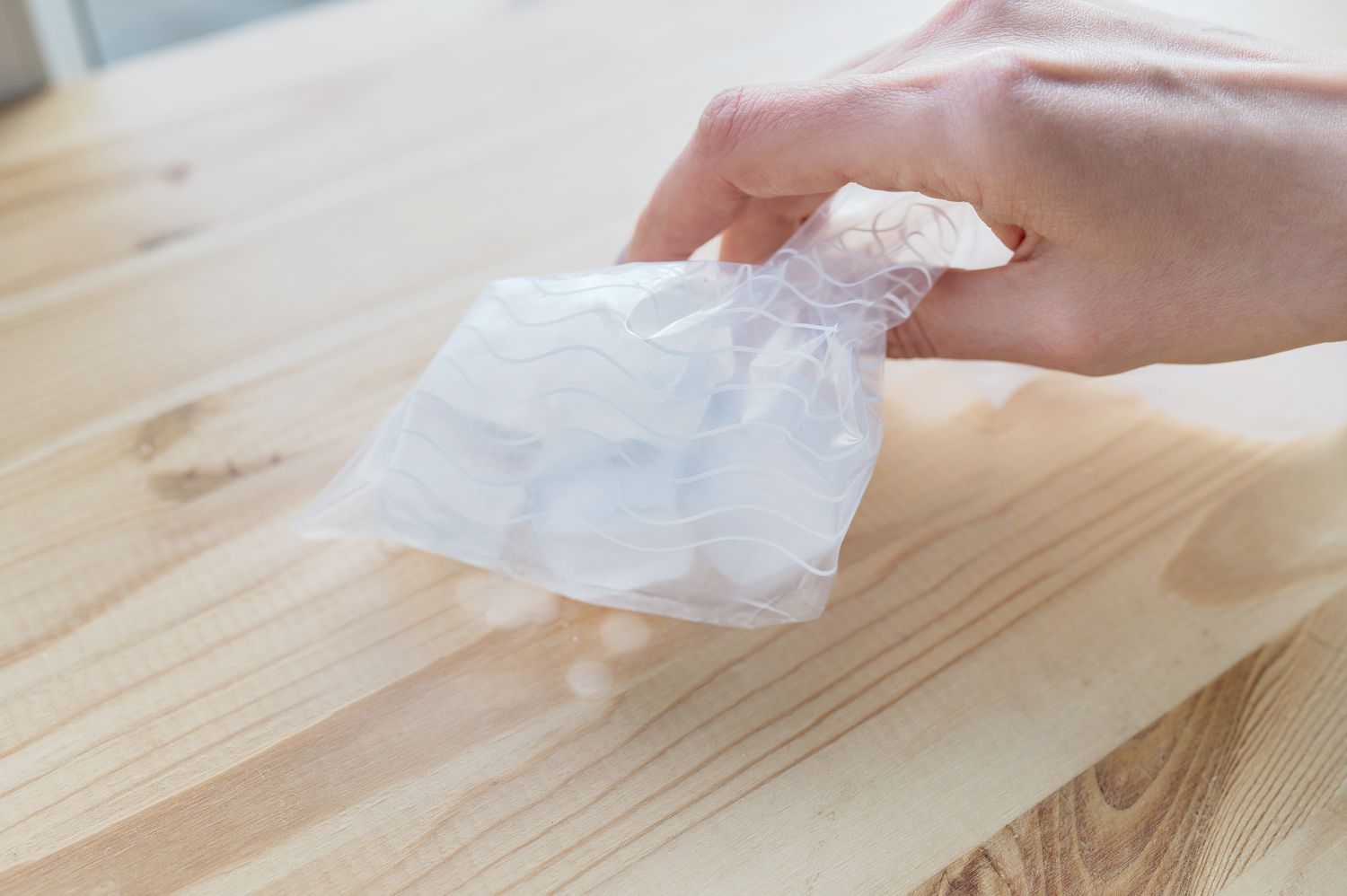
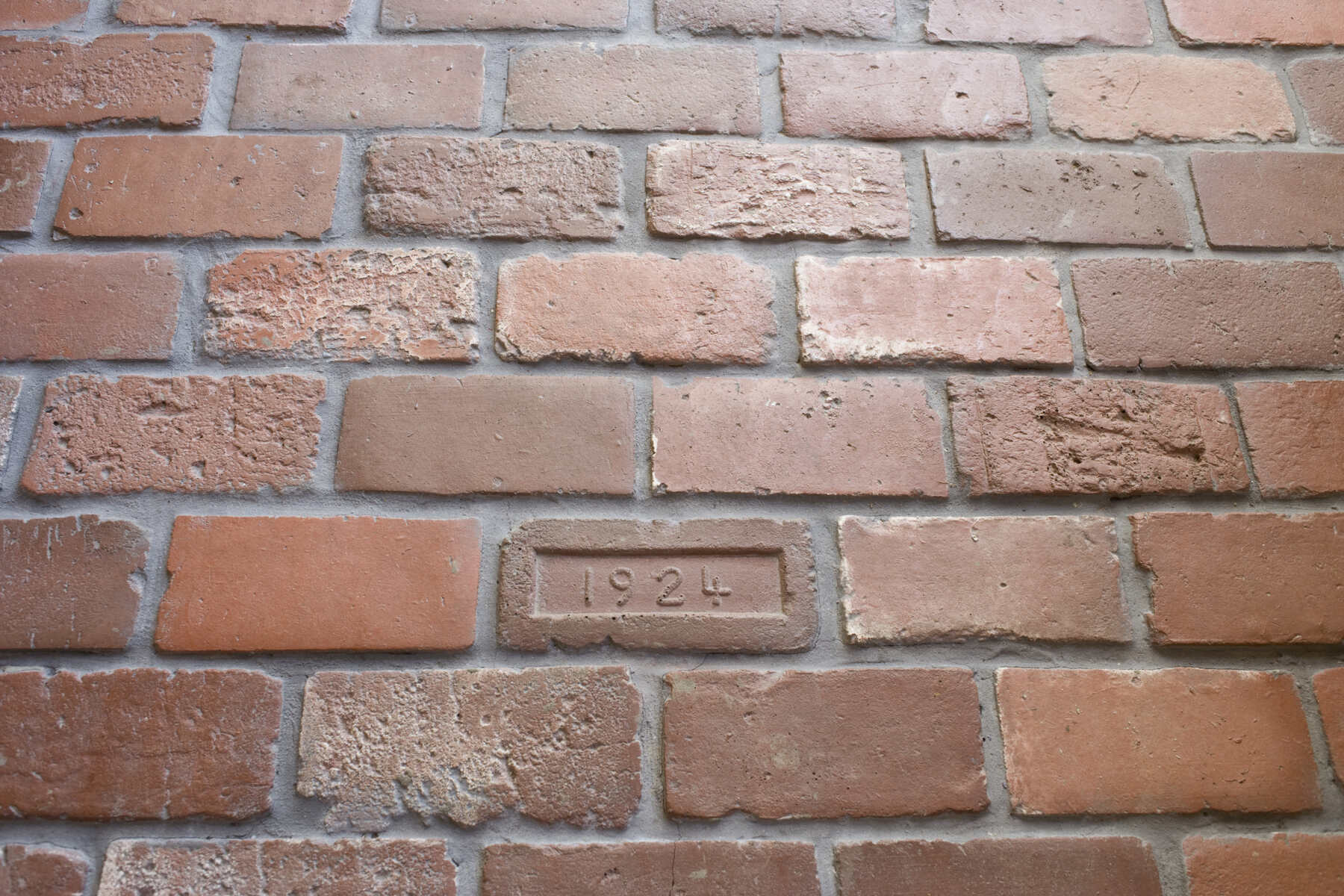

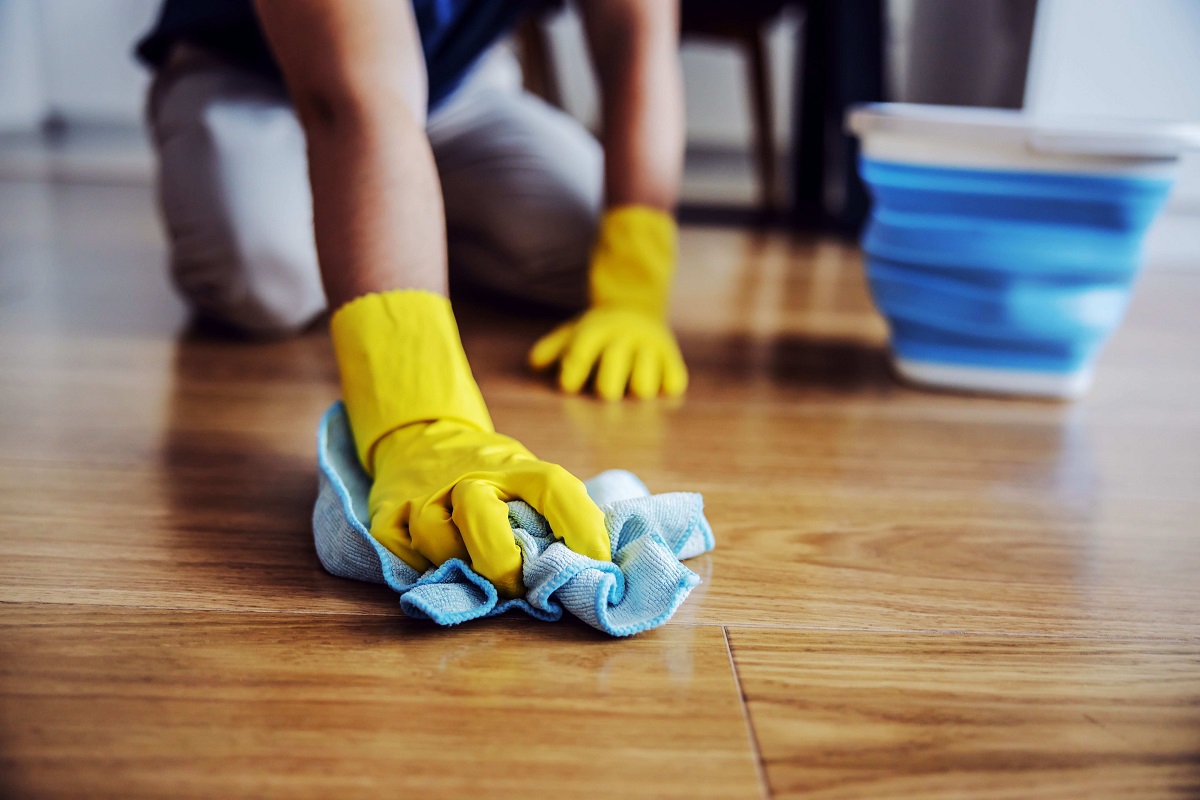
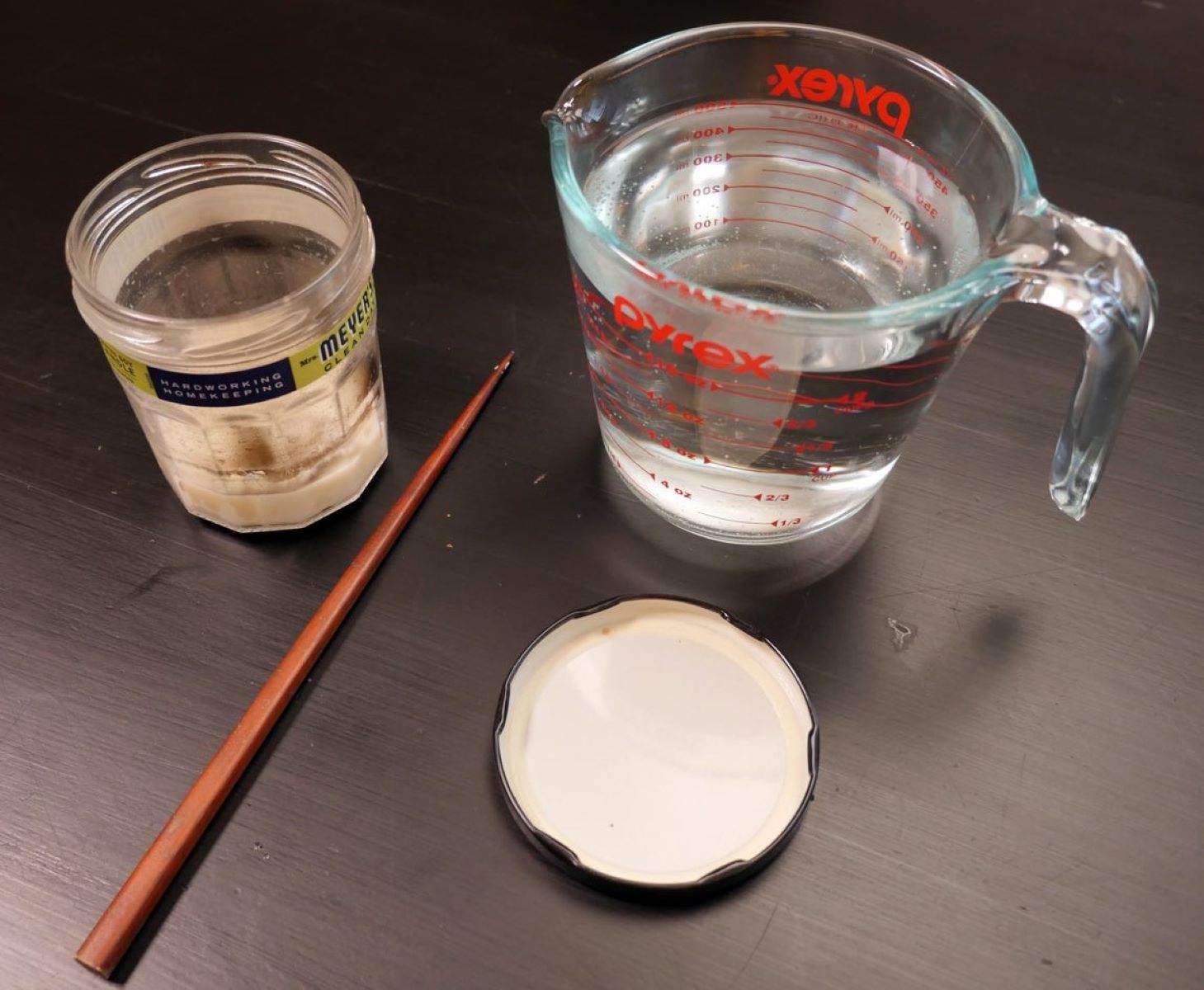
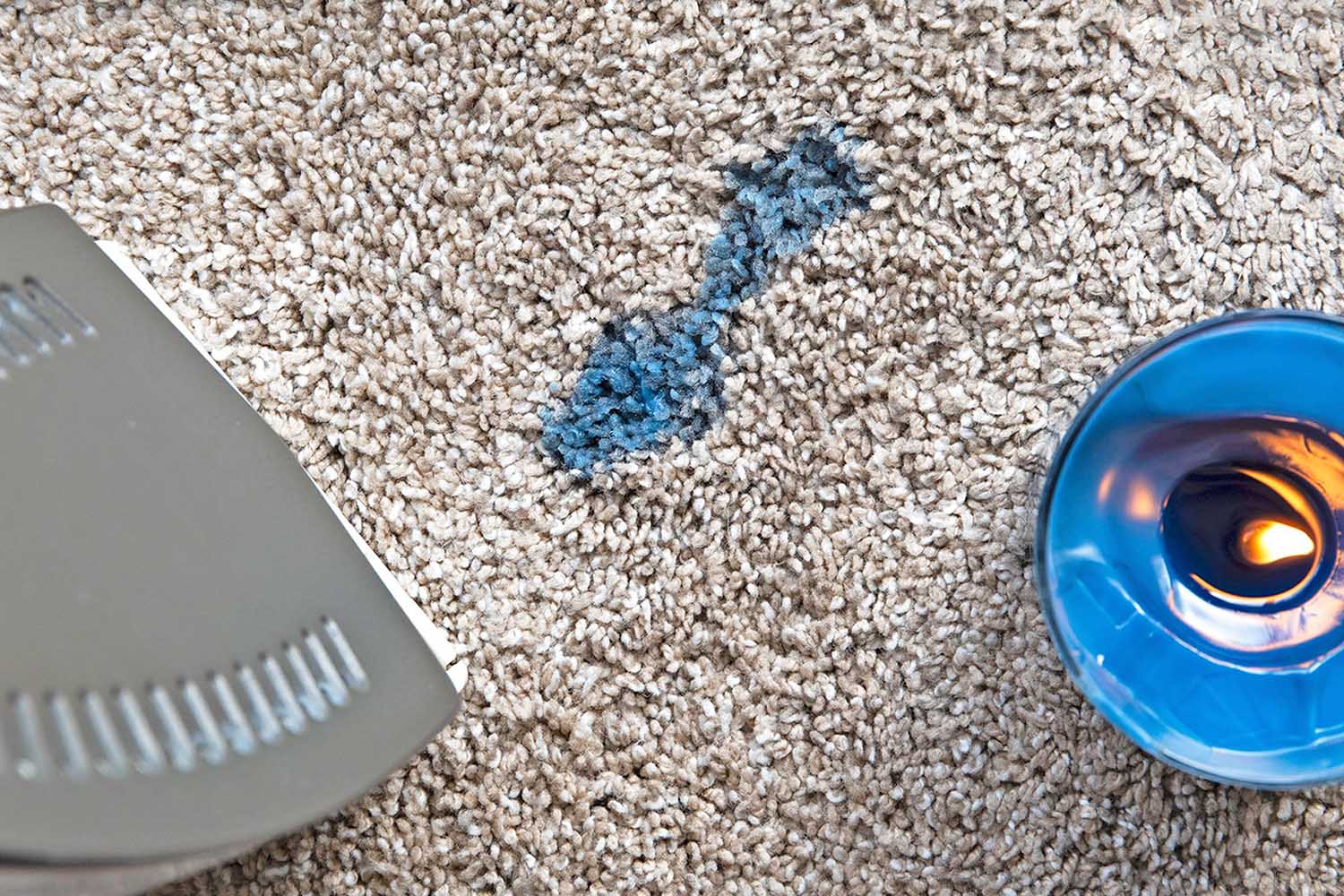
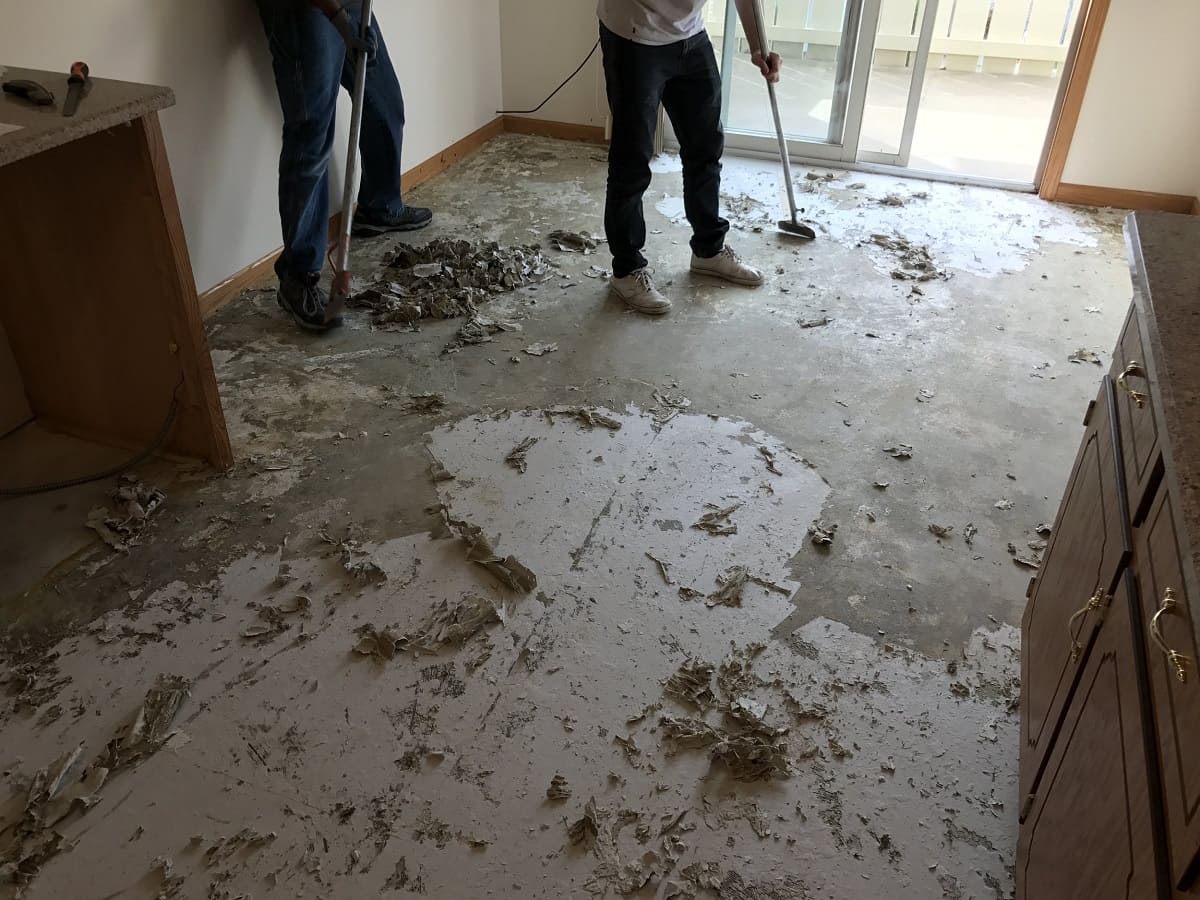
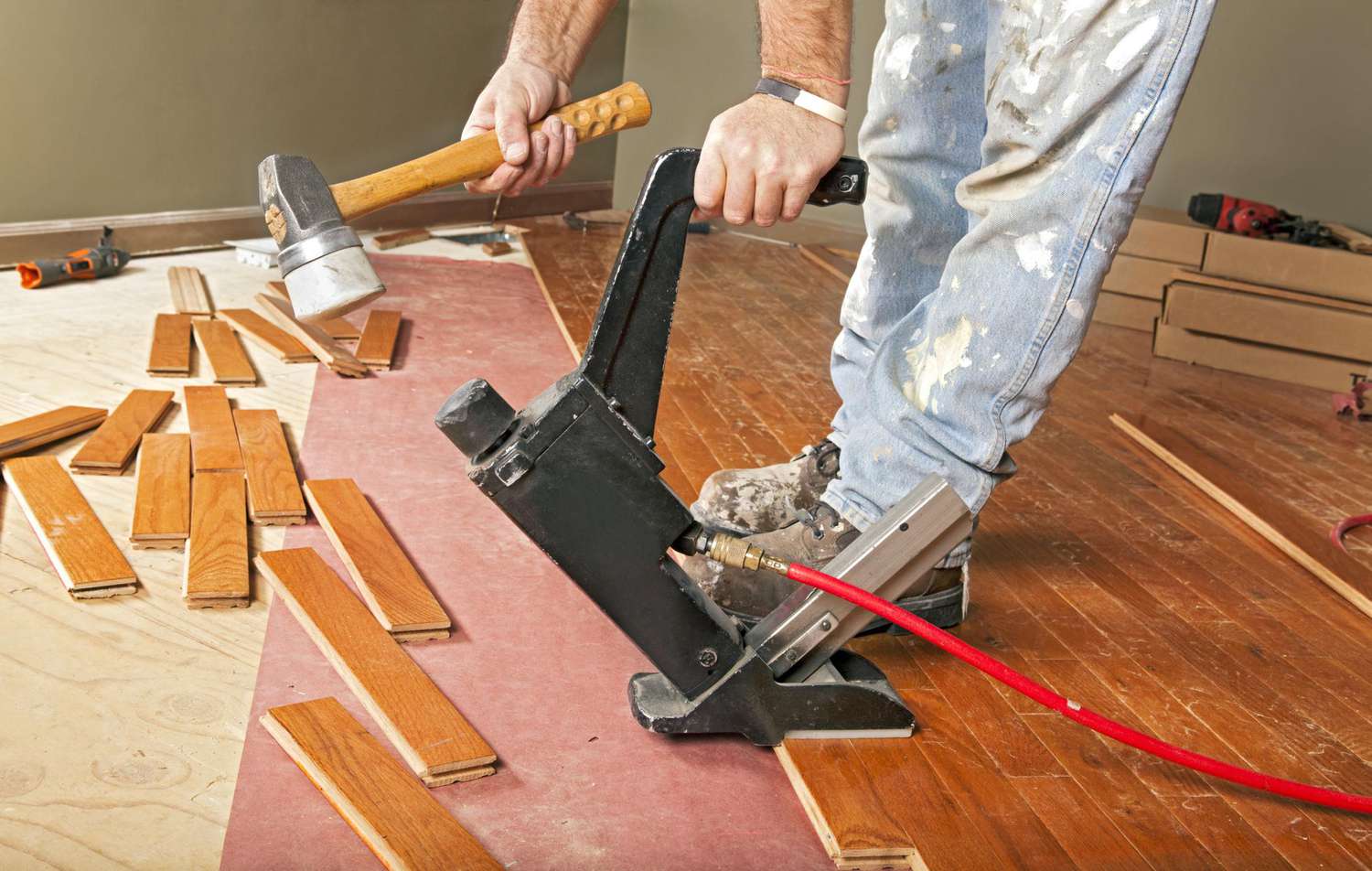
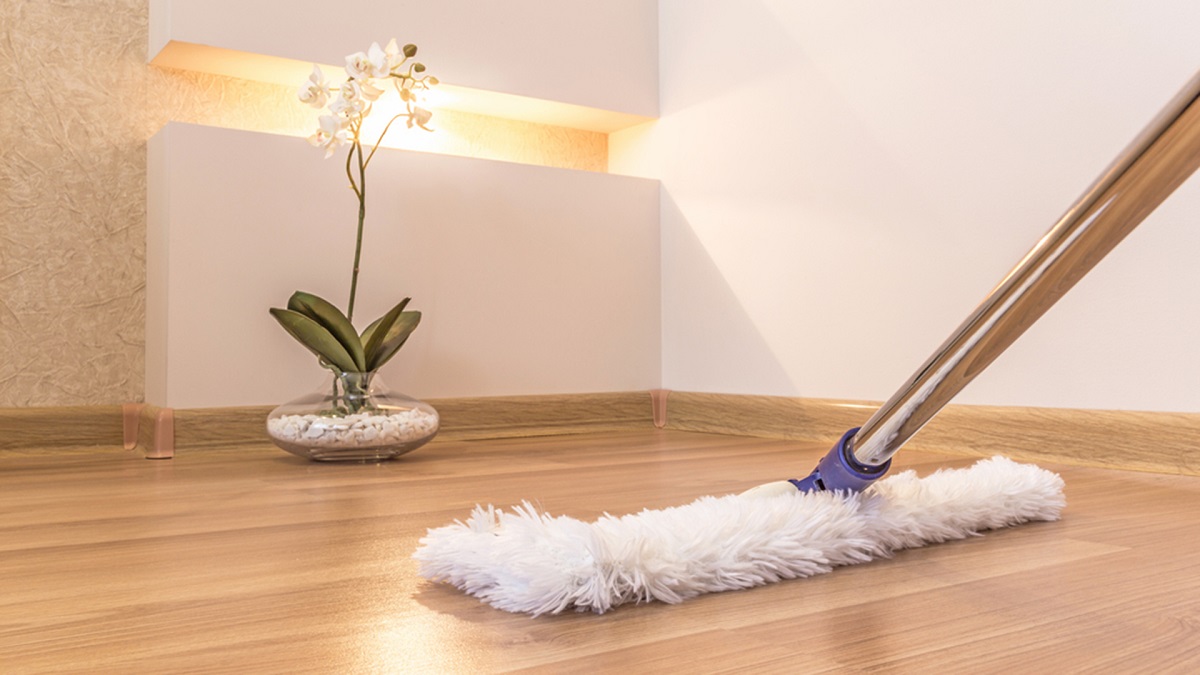
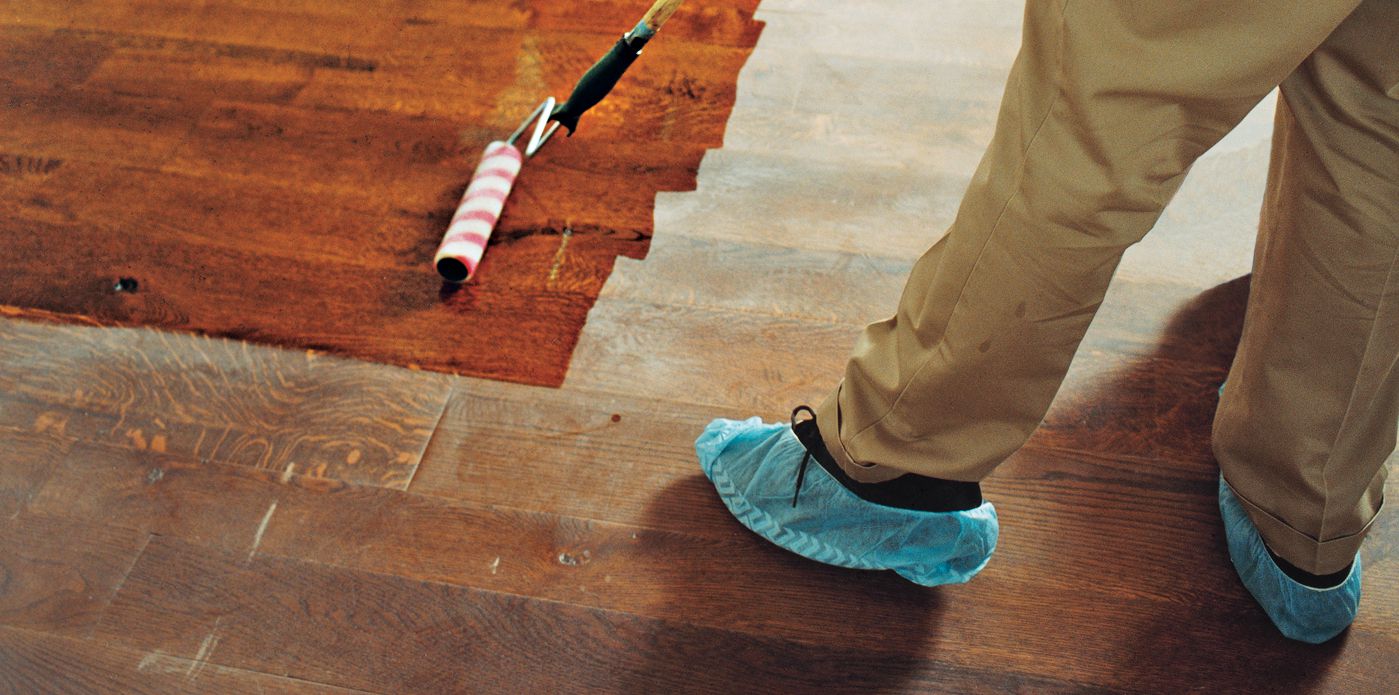
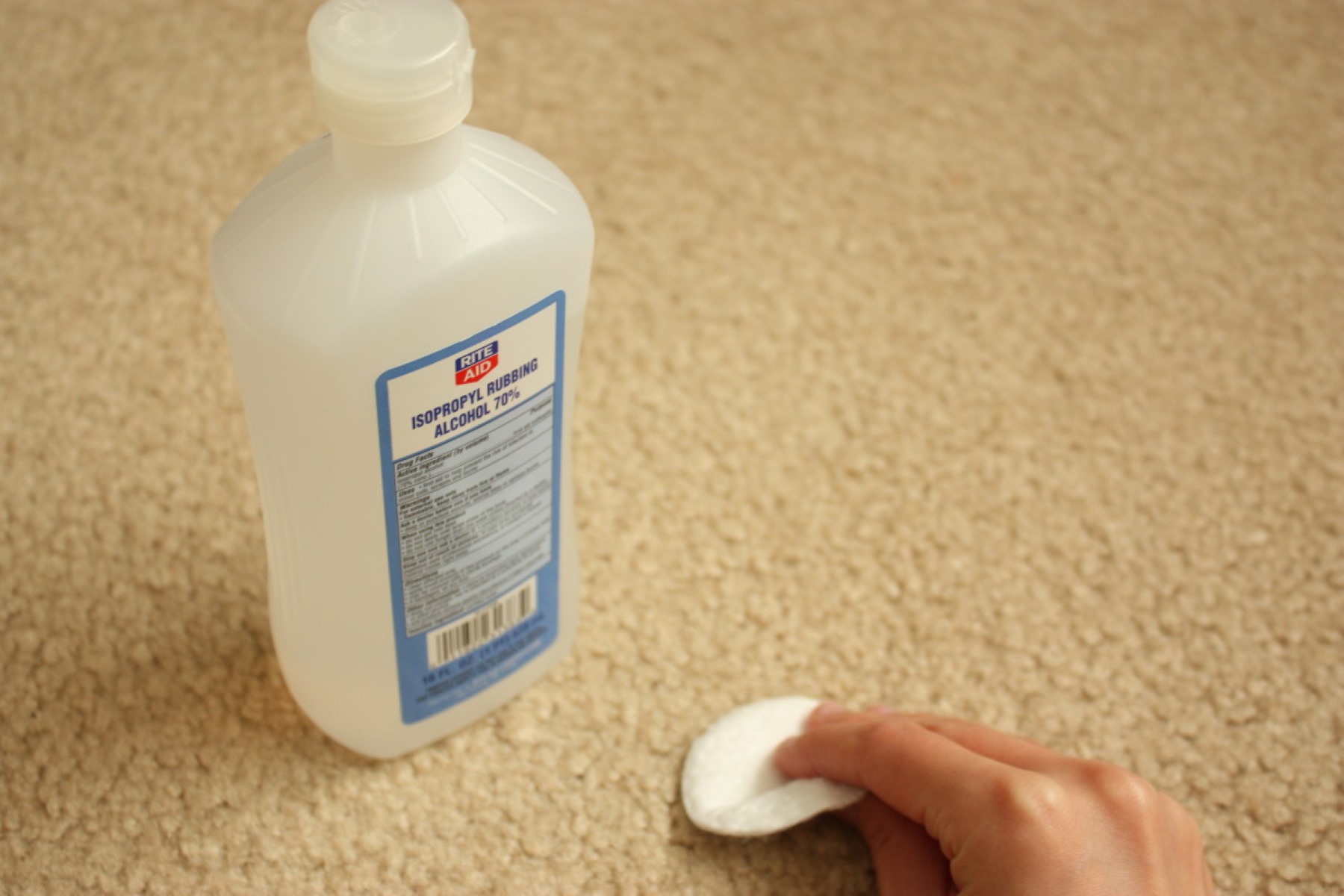
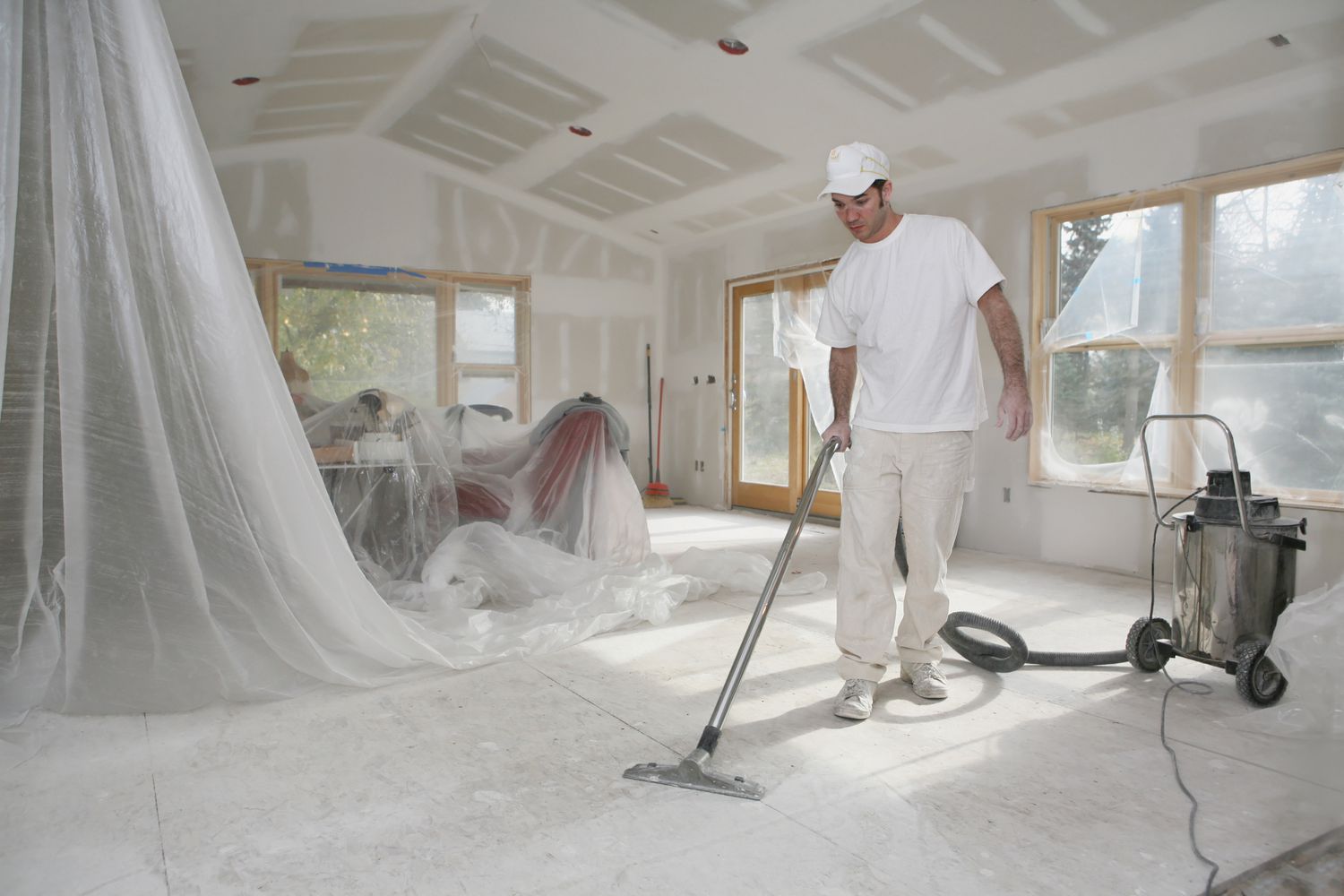

0 thoughts on “How To Get Wax Off Of Hardwood Floor”